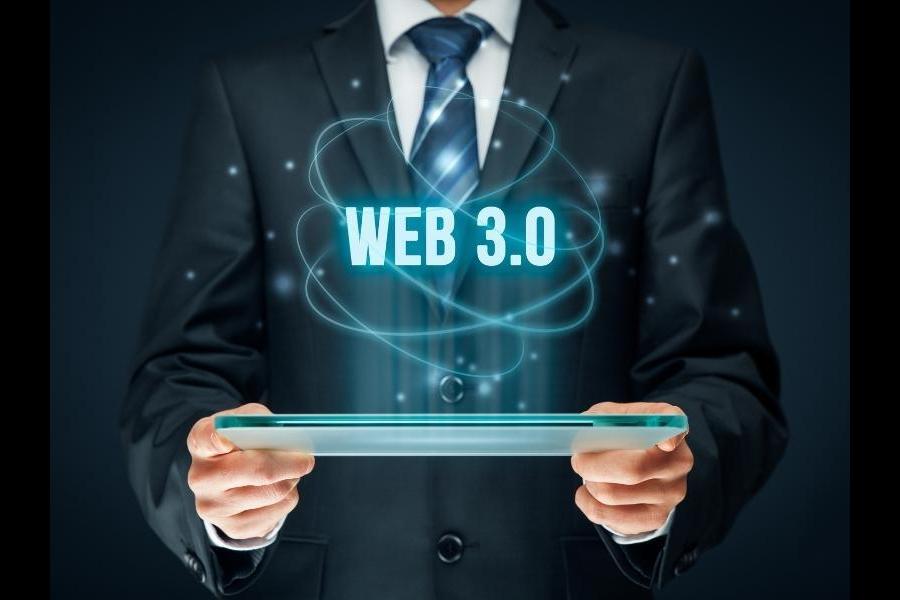How Web3 will change the digital economy forever
The global nature of the digital economy that Web3 is creating will break down international boundaries for commerce, creating new efficiencies, unlocking capital tied up in assets, and creating new winners and losers
Do you remember the first time you posted on Facebook? The first time you tweeted? How about the first time you posted on LinkedIn? On Instagram? Think back – for the first ten years of the Internet, none of this was possible. The Internet was primarily a medium to read or gather information and the ability to create web pages was restricted to the privileged few.
Then came Web2. We called it the ‘read write web.’ It democratised content creation where anyone could publish content. This User Generated Content (UGC) today takes the form of blogs, tweets, posts, reviews, comments and likes. The biggest social media and ecommerce platforms of today are all built on the back of UGC.
Web3 is about ownership
We are now in the middle of the Web3 revolution. Perhaps the best way to think about Web3 is as the ‘read write own’ web. The heart of Web3 is how it is challenging the way we think about ownership.
In the physical world, we own the clothes we wear, the phone we use, the car we drive. But what do we own in the digital world?
Do you own your blog post? Your tweet? Your Instagram feed? At first, these questions seem weird. What does owning your blog or your tweet mean? How can you own a blog post? Can you sell it? Who would want to buy it? Why?
Let’s start with why. The business model of some of the biggest social media platforms today are based on UGC. Twitter, Instagram, YouTube, TikTok–all of them rely on content created by hundreds of thousands of users around the world. What if these users owned the content they created? How will it impact the distribution of revenue generated by these platforms? What new business models will emerge? Who will gain and who will lose?
Time will tell but there is no doubt that Web3 will change the digital economy by enabling ownership of digital content.
NFTs will be the commerce backbone of Web3
How do you establish ownership of digital content? Fortunately, we can borrow a simple idea from the physical world: the ownership registry. For valuable assets like houses and cars, we register their ownership in a database (registry) maintained by the government. Any transaction involving the transfer of ownership of these assets is recorded in the registry with the new owner getting a document, such as a sale deed or a registration card as proof of ownership.
Web3 borrows the same ideas and implements them digitally. The underlying database or registry in which ownership of any asset can be registered is the blockchain. Instead of being maintained by the government, this database is maintained by a network of computers around the world and secured using cryptography. Any transaction involving the transfer of ownership of assets is recorded on the blockchain with the new owner getting a NFT as proof of ownership.
The ability of NFTs to record the ownership of any asset that can be verified digitally at global scale means the ability to trade these assets at global scale and to be used as collaterals for lending at global scale.
NFTs enabling globally verifiable ownership of assets is one of the key value propositions of Web3.
It will start with digital assets and…
Right now, developments in Web3 are focused on digital assets such as videos, movies, music and digital art. This will revolutionise the way in which creators, artists and media companies are getting paid for the content they create. Not surprisingly, social media platforms and OTT platforms are rapidly adopting Web3.
The full impact of digital assets and NFTs is still being discovered. One unexpected impact has been the emergence of Digital Communities formed by fans of a creator, artist or a brand. Unlike followers on social media, membership in these digital communities comes at a cost: users have to pay for the NFTs issued by the creator. Not surprising therefore, these communities consist of the most loyal fans and supporters of the creator. Thus, creators, artists and brands can offer their most loyal fans and customers exclusive content or experiences.
Another emerging trend is NFTs representing physical assets. Real estate, cars, luxury watches are being represented as digital assets which can then be verified, bought, sold and collateralised digitally. In less than a decade, expect every physical and digital asset to be represented as an NFT that can be bought and sold in real time across the world. Just like capital can flow seamlessly across international boundaries today, Web3 will allow any asset to be traded in real time across the world.
The global nature of the digital economy that Web3 is creating will break down international boundaries for commerce creating new efficiencies, unlocking capital tied up in assets and creating new winners and losers.
Are you ready?
The writer is the founder & CEO of KoineArth, the creator of ngageN NFT platform.
The thoughts and opinions shared here are of the author.
Check out our end of season subscription discounts with a Moneycontrol pro subscription absolutely free. Use code EOSO2021. Click here for details.
